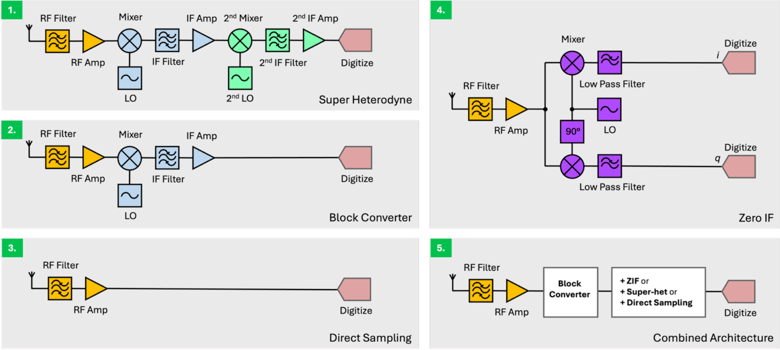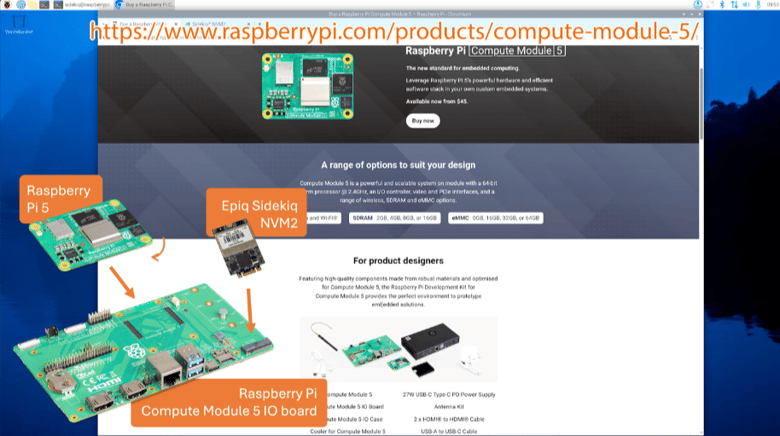The Art and Science of Product Management at Epiq Solutions
Gary Schluckbier
02/14/23
According to Clayton Christensen, global businesses launch 30,000 new products every year, and 95% of them fail.
The part of the Epiq Solutions team charged with deciding where to invest our organization's valuable time and resources is our product management team. With that daunting statistic in mind, we work hard every day to serve our customers with the right products, at the right time.
I often get asked how we go about doing it, and how we know we're getting it right. Well, if there were a formula, I think we product managers would have better than a 5% success rate!
But I do have some insight into the approach we use at Epiq and how it plays out in our business. It starts with the modest admission that we'll never know as much as we'd like to, and to assess decisions, we will need to look at them in a few different dimensions. When all the vectors seem to align, we'll know we're on to something.
Art vs Science
Our company is more than 90% engineers, and our customer base is extremely technical. However, time has shown us that pursuing the most scientific approach to products, pushing the last details of performance, and considering the most flexible and latest APIs can sometimes lead us astray. There is an art to deciding where the finish line is for products because even the most technical customers have time and cost constraints, prefer to do business with people they trust, and invest in relationships. All of these say that there needs to be a balance between the science of the technology we deliver and the art of how we deliver it.
Deep Insight vs Fresh Eyes
When asked what makes the best product manager, I always say "deep market insight." If my competition has a staff with better market insight than I have, I'm at a big disadvantage. That said, the only way to develop new products that deliver differentiated value to customers is to see problems others don't see, or to solve them in new ways. You have to have the insight to understand the problems, but you need to see them with fresh eyes to develop lasting solutions.

Hard Data vs Intuition
"How many ATMs are there in the Paris suburbs?" is a question I got in a product management interview years ago. As product managers, we thirst for data — we thrive in it. We spend lots of energy estimating or trying to find out how to know more. There's no substitute for knowing how many customers will be interested in a problem and how much they'll pay to solve it.
We always want our decisions to be boiled down to a simple discounted cash flow or ROI. And as technical people, we can certainly make spreadsheets that get us there. However, all the data we use to develop our business cases are estimates. With all the depth of our analysis and the complexity of our calculations, we can't predict the future. This is where intuition comes in. If we have the best data, model, and temper — paired with the best people who have deep market insights — we will have the best shot at a good outcome.
Market Analysis vs Customer Feedback
At Epiq, a core value of ours is the customer-first mentality. We try to live this by delivering better service than we would expect ourselves, focusing on helping our customers to be successful with our products and asking for and responding to customer feedback. We have support forums, regular visits, and user groups to make this part of how we operate. Our product portfolio is, in large part, what our customers wanted and helped us to build.
However, there's a limitation to customer-guided development: we want to earn new customers. If we live only in the echo chamber of our closest supporters, we're blind to the world outside. Who are we not having conversations with? What are problems and trends that are affecting them that we could help with?
Additionally, we sometimes need to remember that our customers come to us as providers of technology to help guide them. Our value proposition is our understanding of the market – even for our closest customers.
Commitment vs Flexibility
By the time we launch a new product, we have gone through market analysis, business cases, customer feedback, and probably more than a year of development and testing. We plan out the customer problems we're solving with our technology, how to talk about it, and where it helps.
This is where Mike Tyson would say, "Everyone has a plan: until they get punched in the face."
Invariably launching a new product is like getting punched in the face. We found an enthusiastic customer but can't find more, or we found enthusiastic potential customers but no one's buying. We have a lot of opportunities if we just had a few more features.
If we pivot, will we lose focus? If we remain steadfast in our plans, are we clinging to a mistake? When do we pull the plug?
If the product failure rate is driven primarily by mistakes in plans, I would argue it's equally caused by an inability to handle commitment vs. flexibility properly.
This is driven in part by the axiom that the break-even point for a product is always longer than you think it will be. This means that sometimes would-be successful products are viewed as failures due to an over-exuberant plan. This over-exuberance, in my experience, is caused by forgetting that you will get punched in the face at least once in this process and will have to learn from it.
At Epiq, we're by no means perfect, but I'm excited about our prospects — driven by a great customer base, a talented and dedicated team, and, hopefully, some sensible insight on how to make good choices for both.
Oh, and in the spirit of sharing feedback — tell me what you think!
Gary Schluckbier, Vice President of Product
SHARE
Tags
STAY INFORMED
Stay up to date with the latest Epiq news, product releases, and more.










.webp?length=400&name=Cyber-Radio-NDR585%20(3).webp)
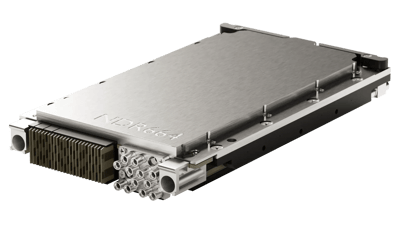
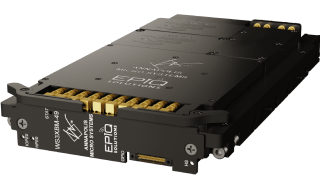









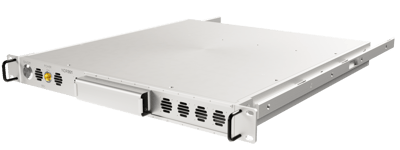
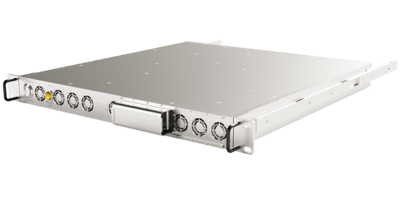


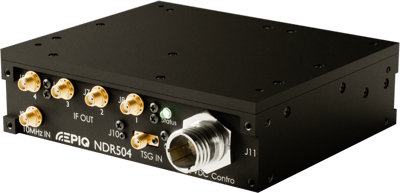


.webp?width=70&height=70&name=Vector%20(1).webp)
